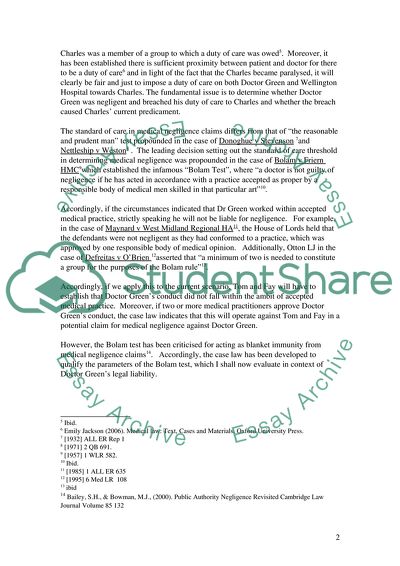Cite this document
(Issues Relating to Medical Negligence Coursework, n.d.)
Issues Relating to Medical Negligence Coursework. Retrieved from https://studentshare.org/medical-science/1713606-medical-law-problem-question
Issues Relating to Medical Negligence Coursework. Retrieved from https://studentshare.org/medical-science/1713606-medical-law-problem-question
(Issues Relating to Medical Negligence Coursework)
Issues Relating to Medical Negligence Coursework. https://studentshare.org/medical-science/1713606-medical-law-problem-question.
Issues Relating to Medical Negligence Coursework. https://studentshare.org/medical-science/1713606-medical-law-problem-question.
“Issues Relating to Medical Negligence Coursework”. https://studentshare.org/medical-science/1713606-medical-law-problem-question.


